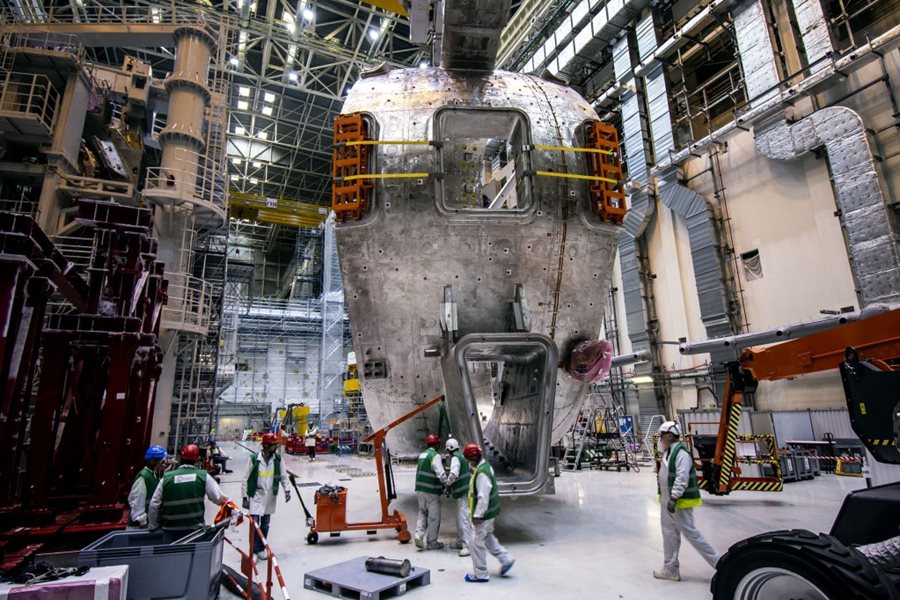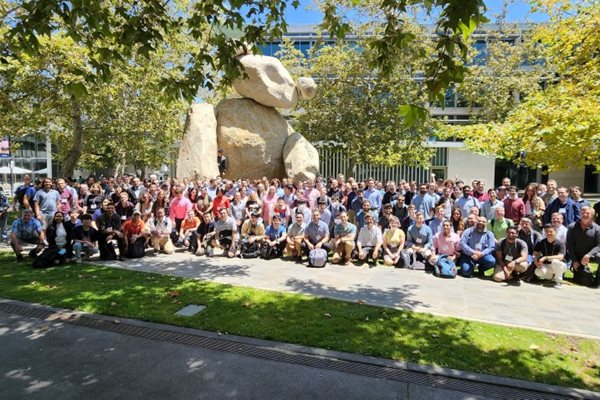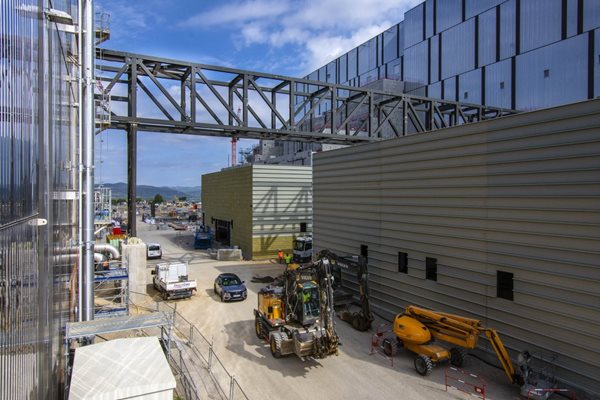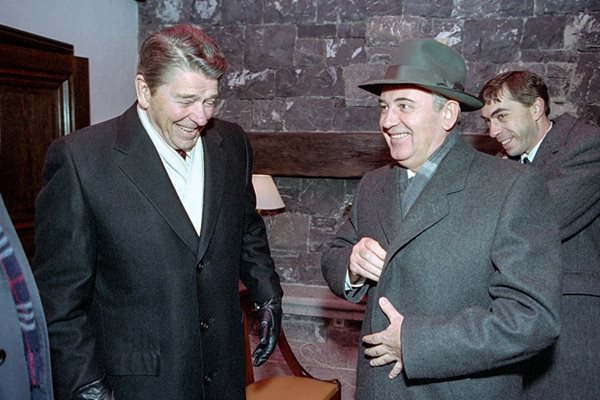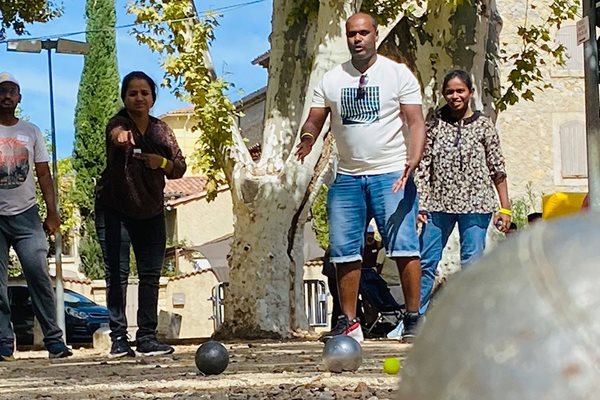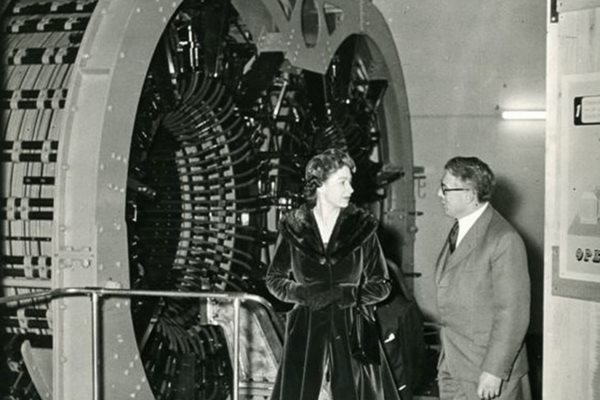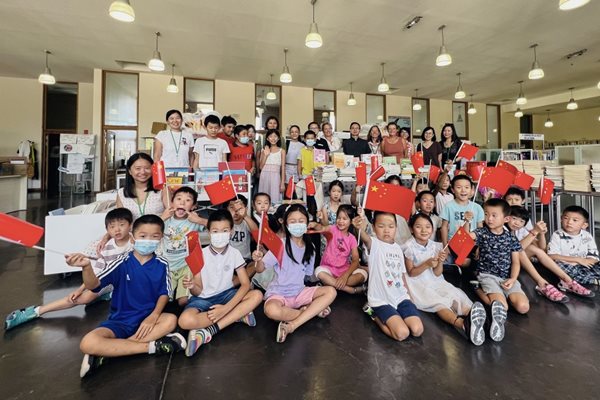
you're currently reading the news digest published from 25 Jul 2022 to 12 Sep 2022
featured6
of-interest1
press117
featured
Worksite progress | The visible and the barely noticeable
Progress in ITER can be highly visible—like the spectacular addition of the first bridge spanning the construction platform's main boulevard (see article in this issue)—or nearly unnoticeable, like the final alignment of toroidal field coils on the vacuum vessel section inside the Tokamak pit. Whether perceptible or not, whether occurring in the intense heat of the ITER platform during the months of July and August or in the more clement temperature of the Assembly Hall, progress on the ITER site this summer was observable in every corner. To take its full measure, embark on a visual tour through the gallery below.
ITER International School | On operation scenarios and control
The 11th ITER International School concluded successfully in San Diego, USA, on 29 July after five days of lectures and discussions on the development of tokamak operation scenarios and how to control them. After a hiatus of two years due to COVID pandemic, it was finally possible to organize the traditional ITER International School again. A total of 175 Master's, graduate or postdoctoral students gathered at the end of July in San Diego, California, for the 2022 ITER International School, this time focusing on ITER operation scenarios and control. The ITER International School was the 11th in the series, which alternates between sites in Aix-en-Provence, in the south of France, close to where ITER is being constructed, and external hosts within the ITER Member countries. This time it took place at the sunny campus of the superbly located University of California San Diego (UCSD), organized by the US Burning Plasma Organization (USBPO), UCSD, General Atomics (GA), and the ITER Organization. Well known for its own contributions to fusion research, UCSD is the next-door neighbor of the US National Facility DIII-D, a tokamak hosted by GA. GA is also responsible for the manufacturing of the ITER central solenoid coils. The focus of this year's school lay on the development of operation scenarios for tokamaks and how to control them—both key issues for the design and deployment of any tokamak. Common operation scenarios were discussed, but also alternatives. The non-linear nature of tokamak plasmas makes various operating points possible, but the study of these scenarios—not only empirically but also their simulation—is not a straightforward affair. Developing the operation scenario of any tokamak requires the detailed understanding of the device's technical capabilities, such as the characteristics of its magnets that confine the plasma, and other actuators such as plasma heating and fuelling. To prepare optimally for ITER operation, accurate operation scenario simulation capabilities need to be developed, often in conjunction with experimental research that identifies and/or validates the necessary simulation models. This requires knowledge of complex operation limits, often determined by the onset of instabilities that may lead to a disruption of the tokamak discharge and termination of fusion power production in ITER. Robust control may prevent operation scenarios from approaching such limits, or avoid the further destabilization of the plasma. Thus, operation limits, control capability and the disruptivity of a tokamak operation scenario are integrally linked. This is especially true for ITER, which needs to share its set of actuators to perform multiple control tasks (with some actuators involved in multiple control tasks) and for which control performance requirements are very stringent given the large plasma magnetic and thermal energies required for fusion power production. At the school, leading specialists in the field of tokamak control and scenario development and simulations provided many hours of lectures on the strongly interlinked points highlighted above. This was interspersed with long and often intense discussions between lecturers and students. The students also had the opportunity to visit the DIII-D National Fusion Facility and appreciate with their own eyes the complexity of a leading research tokamak device. Besides lectures and discussions, the students also had the opportunity to present their own research on a wide range of topics during two poster sessions at the School. For each of the two sessions, three high-quality posters were rewarded with a prize consisting of an engraved sample of ITER central solenoid niobium-tin superconducting cable and a photobook of ITER construction. The six students whose worked was recognized by these prizes were: Laura Dittrich (KTH Royal Institute of Technology, Sweden), Giacomo Dose (University of Rome, Italy), Alvin Garcia (University of California Irvine, USA), Brian Leard (Lehigh University, USA), Rebecca Masline (University of California San Diego, USA) and Simon Van Mulders (École Polytechnique Fédérale de Lausanne, Switzerland). Excellently hosted by Charles Greenfield (GA and USBPO) and Dmitriy Orlov (UCSD), the 2022 ITER International School provided young scientists and engineers with a taste of the stimulating, multi-disciplinary and challenging field that is magnetic confinement fusion. The slides of the 2022 lectures are available at https://www.iter.org/education/iis together with the information on past ITER International Schools.
Cooling fluids | A bridge over the busy boulevard
From the buildings where they originate, the networks delivering cooling fluids and DC current to the ITER Tokamak will be supported by massive elevated steel structures referred to as 'bridges,' although they are more like massive industrial racks supporting hundreds of tonnes of equipment. Three such bridges are planned on the ITER platform. The first, under construction now, will deliver cryogenic fluids from the cryoplant. Two others, whose construction will begin in early 2023, will support the busbars that deliver power from the twin Magnet Power Conversion buildings to the magnets. Of the three, the cryobridge—whose main structure was finalized during the summer—is the most complex. Beginning perpendicular to the cryoplant, it runs for some 70 metres before abruptly turning left at a 90-degree angle to run parallel to the Assembly Hall for another 60 metres in order to reach the Tokamak Complex. The 440-tonne cryobridge is supported by two sets of 4.5-metre-tall pillars, attached to the concrete piles by articulated pinned supports. Each concrete pile is anchored deep into the bedrock by way of 12 steel studs, measuring 12.7 metres long and 25 centimetres in diameter. Isostatic attachments, located on the building that stands between the cryoplant and the Assembly Hall, provide additional support while allowing some movement. This extreme sturdiness, combined with a certain flexibility, is part of anti-seismic and blast protection measures and is also a response to the loads and forces the cryobridge will have to withstand. 'The dead load on the cryobridge—meaning the total weight to be supported—is in the range of 200 tonnes,' explains Benoît Villedary, the infrastructure engineer responsible for the racks. 'But at the location of the 90-degree elbow where the pressurized flow of cryogenic fluids makes a sharp turn, we have to deal with the constant pushing and pulling of the cryolines, which generates intense traction forces on the rack's structure and can add a live load of more than one hundred tonnes during cryoline pressure tests.' As the cryolines are strongly insulated inside their vacuum piping, the cryobridge will be simply roofed and clad in the trademark ITER 'bar-code' finish. Less complex because they run straight and are not submitted to live loads, the busbar bridges have requirements of their own. Thicker than railroad rails, the aluminium busbars carry current 7,000 times more intense than a heavy-duty electrical cable and, as a consequence, are actively cooled. As the electrical sensors that monitor the temperature and flow of the cooling water operate in a temperature range of 5 to 55 degrees Celsius, it is necessary to install HVAC systems inside the closed and insulated bridges, with just a few hatches for maintenance. Spanning the construction platform's main boulevard, more than 10 metres above the constant traffic of trucks and construction machinery, the three bridges will add an urban, almost futuristic touch to the already spectacular landscape of the ITER installation.
Gorbachev | ITER is part of his legacy
Mikhail Sergeyevich Gorbachev, who passed away on 30 August 2022 at age 91, was instrumental in the decision to launch the international collaboration in fusion that would soon be known as 'ITER.' Much younger than his predecessors when he acceded to the top position of General Secretary of the Communist Party of the USSR in March 1985, the new leader saw the world with different eyes. Rather than pursuing the ruinous arms race of the Cold War, he wanted, and needed, collaboration with the West. When he met with US President Ronald Reagan in Geneva, in November of that same year, the items in their agenda all revolved around the easing of tensions between the two blocs. The joint statement that was issued at the close of their meeting listed them all, from the strategic ("a nuclear war cannot be won and must never be fought") to the trivial ("increased television coverage of sports events"). The last item stated that Secretary General Mikhail Gorbachev and President Ronald Reagan 'emphasized the potential importance of the work aimed at utilizing controlled thermonuclear fusion for peaceful purposes and, in this connection, advocated the widest practicable development of international cooperation in obtaining this source of energy, which is essentially inexhaustible, for the benefit of all mankind." In short: let's pull together and build the large machine that will demonstrate the feasibility of fusion. How did Gorbachev, a law graduate, became a proponent of fusion energy? A friend from his student years at Moscow State University played a decisive role. Evgeny Velikhov, the physicist who had piloted Soviet fusion research since 1973, had long been convinced that progress in this massively challenging field of research would only be achieved through international collaboration. His conviction was shared by his Western colleagues, and soon, by Gorbachev himself. In an interview he gave to the ITER Newsline in November 2015 on the occasion of the 30th anniversary of the Reagan-Gorbachev summit, Academician Velikhov, who was to head the ITER Council in 1992 and again in 2010-2012, recalled how the international collaboration in fusion made its way onto the agenda at Geneva. 'Soon after Mikhail Gorbachev became the General Secretary [...] he went on his first visit to France to meet President Mitterrand,' confided Velikhov. [...] "Two ideas were born then—the first dealt with joint work on an accelerator of the supercollider type, and I decided to propose cooperation in the area of nuclear fusion.' East-West cooperation in fusion was nothing new. Scientists on both sides of the great East-West divide had been communicating and exchanging on research since the late 1950s, and as early as 1973 the United States, the Soviet Union, Europe and Japan had formally engaged in the INTOR (INternational TOkamak Reactor) project, whose concept and organization was very close to what ITER's would be. However for want of strong political determination, INTOR never reached the design phase. Now, as Gorbachev and Reagan were preparing to meet, the conditions were different. Beyond its importance per se, a large international scientific and industrial collaboration that would open the way to a new energy source 'for the benefit of all mankind' made a powerful symbol of the post-Cold War world the two leaders wanted to shape. At their second meeting in Reykjavik, Iceland, in October 1986, the two leaders reiterated their commitment and officially launched the international fusion initiative. Five months later, a Quadripartite Initiative Committee formed by US, Soviet, European and Japanese representatives decided that the project would be named ITER.
Image of the Week | The Games return
On a glorious Saturday in September, 500 people turned out to take part in the ITER Games, which were back after a three-year hiatus. Just a few kilometres from the ITER site, the town of Vinon-sur Verdon (pop. 4,000) is a sun-dappled Provençal village, complete with a vast tree-lined square, pétanque pitches, and a river that originates in the southern French Alps. In short, a perfect place to host the ITER Games—the annual sporting event that attracts ITER employees and contractors, their families, and local sportsmen and women. The 2022 edition, back after a three-year hiatus due to the coronavirus, attracted 500 participants for a day of friendly competition in a wide range of disciplines (soccer, running, mountain biking, paddling, tennis and ... pétanque), as well as activities and games for children and an outdoor lunch at long tables. Thanks to the ITER Organization and local organizing committee, the 2022 edition was a success. Planning is already underway for a special event to be held next year to celebrate 10 years of the ITER Games.
History | Fusion and The Queen
The 70-year reign of Queen Elizabeth II spanned a time of incredible change and transformation in the world, and not the least in technology and the sciences. Twice, her official duties led her to visit laboratories that were at the vanguard of fusion research. Through more than 600 patronages, Queen Elizabeth II supported and encouraged organizations carrying out vital work to improve the human condition, including organizations and professional institutions advancing science and technology. It is no wonder that on two occasions, her path crossed that of fusion science—a nascent field of research in which UK researchers were playing an important part. She was only 31 when she was introduced for the first time to fusion research during a visit to the Harwell Atomic Energy Research Establishment in 1957. The Zeta project—a ''circular pinch'' fusion machine that operated at Harwell between 1957 and 1968—was at the time of its construction by far the largest and most powerful fusion device in the world. In April 1984, Her Majesty officially inaugurated the Joint European Torus (JET) at Culham, pronouncing the following statement to an audience that included French President Francois Mitterand and numerous other dignitaries. "In an energy-hungry world, the JET may be a step along the road towards a virtually unlimited source of electric power. I am delighted to be able to applaud this magnificent technical achievement, the full potential of which is still to be fully revealed." Videos exist of both events. For the 1957 visit to Harwell and Zeta, click here. For the 1984 opening of JET at Culham, click here.
of-interest
Hurrah for new books!
School is back in session in France! And at the International School of Manosque, students in the Chinese Section are the beneficiaries of a new set of textbooks thanks to the generosity of the Chinese Domestic Agency, which shipped ten boxes of books and materials in time for the new school year.
